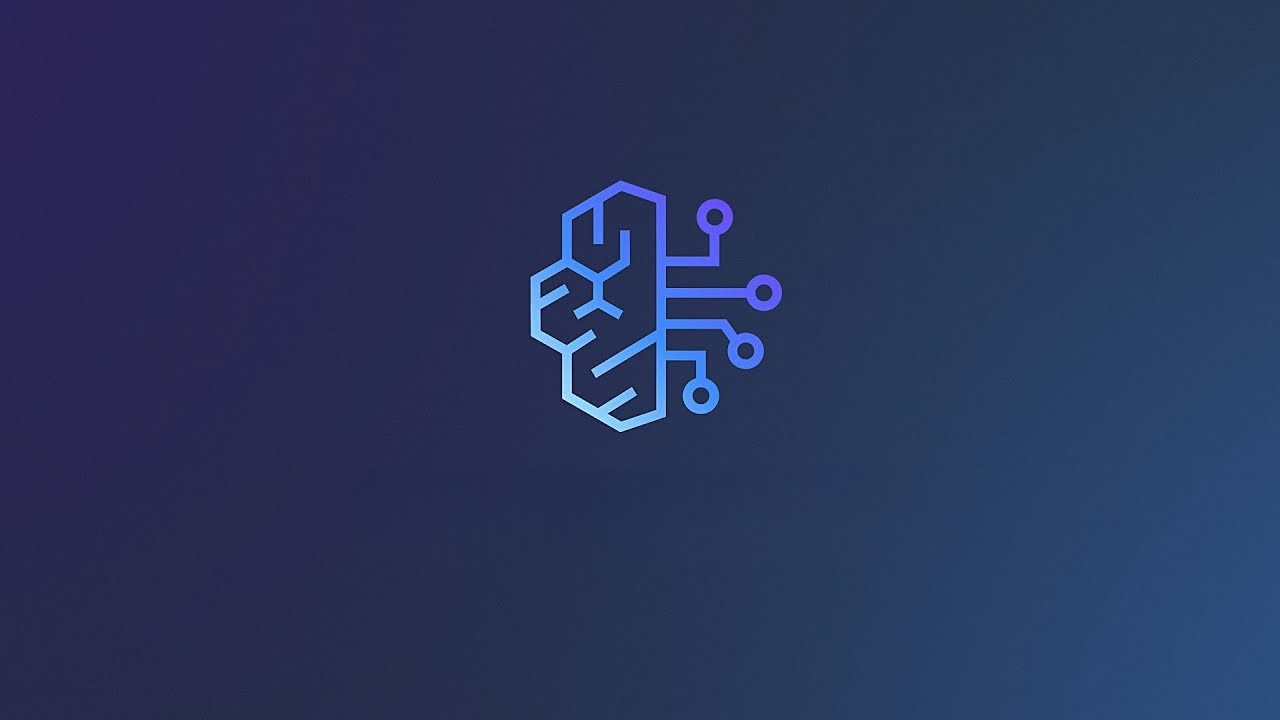
- Akira Haruka
Expediting Mobile App Development: Embracing DevOps
Billions of users are using smartphones in today’s fast-moving world. And the count will be increased in the coming years also. This is because smartphones are being used for a huge number of usages. This will increase the mobile application downloads and so, the mobile app industry is growing at a steady rate. The factors like application development cost, security, code quality, maintainability, etc got significant importance to provide quality solutions with lower costs.
Here comes DevOps into the picture
DevOps is a modern software development method that focuses mainly on effective collaboration between all stakeholders – software developers, project managers and operations staff. The key principle in DevOps is continuous delivery, which means deploying the software and the environment on which it runs, automatically and on-demand, during any stage of the mobile app development cycle.
Drawbacks of existing mobile app deployment practices
Developing and deploying is a very complex process in application release and one of the main difficulties is covering a lot of changes into one large deployment. For releasing an application, a company will take several months to gather the requirements. Then, another several months for the development process.Again a couple of months for testing and finally deploying the application into production. During all this time, the development team may miss some requirements or lose track of project modules. To handle this situation, the development company may implement meticulous processes.
In addition, a huge number of smartphone variants are available with different OSs. Every platform will have different characteristics. So the traditional development and deployment process finds it difficult to handle these situations.
Every application can have different versions of releases. After the initial release, the application can be updated with newer features or based on customer feedback. In every release, the testing team is responsible for verifying the new features/changes along with the correct working of the old features. These situations are hard to handle in the traditional deployment process. This increases the maintenance cost of the project. DevOps provides a good solution here which makes the development and deployment process easier and cost effective.
DevOps in Mobile Applications
DevOps is a modern approach that emphasizes effective collaboration between all the contributors involved in different phases of the project. The contributors include project managers, mobile app developers, operation staff, testers, etc. DevOps minimizes the gap between development and operations and solves the challenges associated with continuous software delivery.
One of the core precepts of DevOps is to automate the system as much as possible. Basically, it is a methodology that can be applied to various work processes. DevOps deals with two things – speed and quality. By the use of DevOps, we can increase the speed of releases without compromising their quality. In the case of mobile applications, the application ranking in the app store has a strong relation with the frequency of releases or updates.
After an app is released to the store, there may be requirements to release updates and fixes for issues that affect the application. After the issue is fixed or a feature is made, we may need to refresh the testing environment and conduct the whole application testing. Then manually share to various users including beta testers etc, and submit to the store to get our update released. The time invested in this kind of effort is significant. Every time when we push an update to our app, we have to go through this kind of process, even if it is a small or big change. DevOps helps here by automating these steps. So when publishing newer updates, we may not need to do all the same tasks again and again.
Mobile DevOps Challenges
While dealing with DevOps, the basic principles to adopt in web and mobile apps are similar. But still, there are some certain scenarios and challenges that we face when we go with DevOps in mobile apps. This section briefly explains the major challenges in Mobile DevOps.
-
Multiple platform support
Mobile applications will have a variety of environmental targets. The applications may be targeting devices with various OS versions, technical specs, form factors, etc. For example, on Android, each device vendor has forked the Operating system for their own devices. Likewise, iOS, it has a large number of variants that are different in their technical specs, form factors, etc. Hence, it becomes crucial to do feature testing and performance testing for all the supported devices.
-
Dependability on Application store
In most cases, the mobile application cannot be directly deployed to production. There is an application store that undergoes additional asynchronous steps for the deployment of the application. The developers have to push the application to the Application store and wait to get the app published. Then only, the application will be available to the public users. The waiting time can be several hours to several weeks. Even if the update is a minor bug fix or a small change, the same process has to be followed.
-
Multiple build server support
The application changes made by the developer need to be processed in Continuous Integration and Continuous delivery manner, for all the targeted devices and platforms. For this, several different builds of the application need to be triggered each time a change is delivered by a developer. The build configuration and setup can be different from others for each environment. So we may need to keep a bunch of build servers to fulfill the requirement.
-
Dependability on backend
There are several applications that will act as a front end to the complex back end, especially business-to-consumer(B2C) or business-to-employee(B2E) mobile apps. Those applications won’t handle complex logic and all, instead, they are developed and delivered in strong conjunction with the backend services. DevOps challenge is to think holistically of all of the applications in the enterprise and coordinate their build and release processes and cycles.
-
Public ranking of the application
The mobile applications are publicly visible whether it is free or paid. While compliments and queries about a website are communicated directly to a support desk, complaints about mobile applications are broadcast to the public via the application store. So, for ensuring quality, mobile applications must undergo extensive testing for their functionality, usability and performance.
-
Support old versions
Usually, when updating a web application or server based application, the operator deploys the new version and all users who use the application will get the update automatically. But in the case of mobile applications, the update is the user’s choice. The developer and operator can develop and deploy a newer version into the store. But the user can update to the new version or just neglect the update. From the DevOps concept, the deployed back-end service with which the app connects must provide continuous support for the previous versions of the released applications.
Why DevOps is the best approach over others
DevOps is the best approach over traditional deploying practices. It speeds up the deployment time and reduces the testing time. Following are the main advantages of DevOps over others.
-
Technical benefits
Develops encourages development and operational teams to work together and it results in shorter development cycles and faster deployments. With joint efforts, the applications will be ready for deployment more quickly. Since shorter development cycles, DevOps recommends frequent code versions and this makes it easy to detect code defects.
-
Cultural benefits
Since development and operations teams are working together, DevOps creates a happier, cooperating environment which results in a more productive team. Also, in application failure cases, both the team members can take the challenges of both teams and share their own ideas.
-
Business benefits
DevOps provides several business benefits like faster delivery, more stable operating environments by the advantage of the development team and operations team working together. Also, it improves communication and collaboration among team members.
DevOps & agile development: they are different
Agile and DevOps are two different software development methodologies with similar aims – release the end product as early as possible with higher quality.
DevOps is a methodology that combines software development with Operations. The ultimate aim is to create good communication between the teams so that they can build, test and deploy together. When processing these two combined teams together, encourages continuous integration, continuous deployment, automated testing, and transparency in code repositories.
Agile Methodology undergoes continuous iteration of development and testing in the Software Development Life Cycle. This software development method highlights iterative, incremental, and evolutionary development.
In a typical IT process, there are different stakeholders, including Customers, Developers, Testers, Operations team etc. The agile methodology addresses the gap between customer and development team to build an iterative approach that focuses on collaboration, customer feedback, and small, rapid releases. At the same time, DevOps addresses the gap between development team and operation team and encourages both the team to work together to achieve the goal by automating as much as possible.
Even Agile and DevOps are different methodologies, it doesn’t mean that we can adopt only one at a time. The Agile methodology and the DevOps methodology can work together, which results in the product release faster with maximum quality.
Rules for Successfully Adopting Mobile DevOps
There are mainly three points we need to consider when adopting Mobile DevOps into the business.
-
Continuous Planning and Integration
There are different types of stakeholders in a project development and release process, which include developers, project managers, testers, operation staff, etc. Continuous planning means bringing the entire team on the same page to finalize the requirements and scope of the solution.
Continuous Integration in mobile DevOps suggests frequent builds and intermediate releases, which are compatible with the latest committed code. For an ideal Mobile DevOps workflow, the code written by one team could be seamlessly integrated with the code delivered by another team.
-
Continuous Testing and Monitoring
For a software product, there are various differences between its testing environments and live usage environments. It is quite common for an application to perform well in the testing environment but fail in the live environment. Various factors like network condition, device specs, power, etc. Can have relations with such failure scenarios.
So the testing must be conducted not only on simulators or emulators but also in the real environment. Since a good mobile application may have frequent builds and releases, the use of an automated testing process enhances the process of finding bugs and solving problems.
-
Continuous Delivery and Deployment
Continuous delivery is a process that distributes the software or new updates in smaller increments to the development environment to ensure that the software can be released any time. In continuous delivery, each update is submitted to a production-like environment. Continuous Deployment is a plan of action wherein any code changes that pass automated testing is automatically deployed to the production environment.
Conclusion
In short, DevOps is not a technique or a process. It is a new approach to enable seamless application delivery from inception to production by joining all stakeholders together and automating as much as possible. As we have seen, DevOps is a huge change for a company to implement. For adopting fully, there can be organizational changes, including merging teams or reassigning employees’ tasks, etc. This can be a drastic change in the organization.
So the best way to adopt the mechanism is to take the steps to automate the tasks one by one. First start with the tasks which give more benefit by automation, for example, get your app to build automatically when required or automated test cases. Once we are able to cover all the possible areas for automation, don’t go back.











